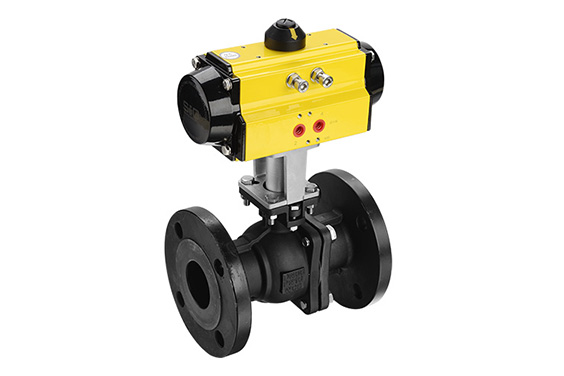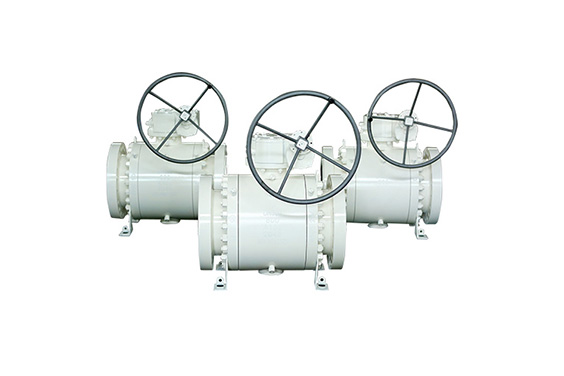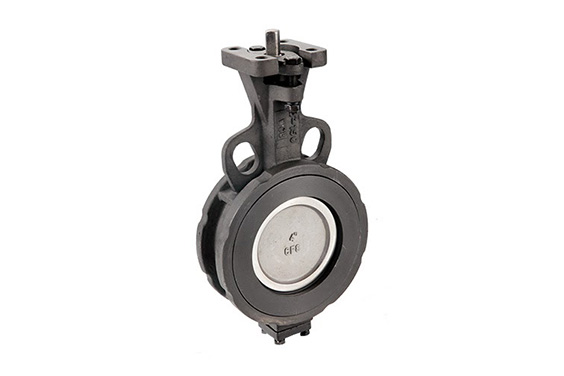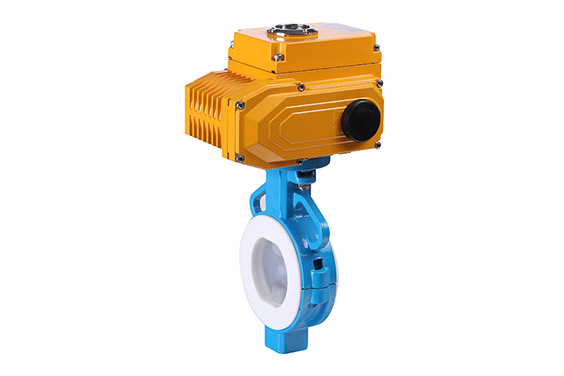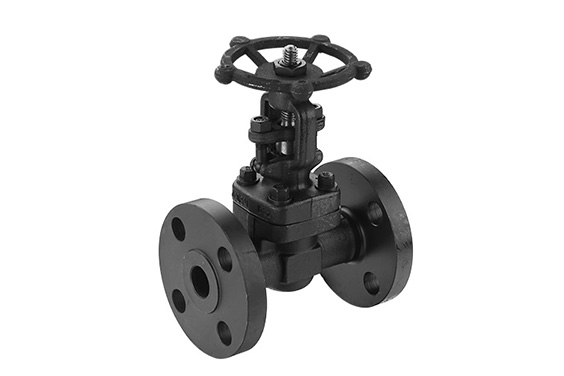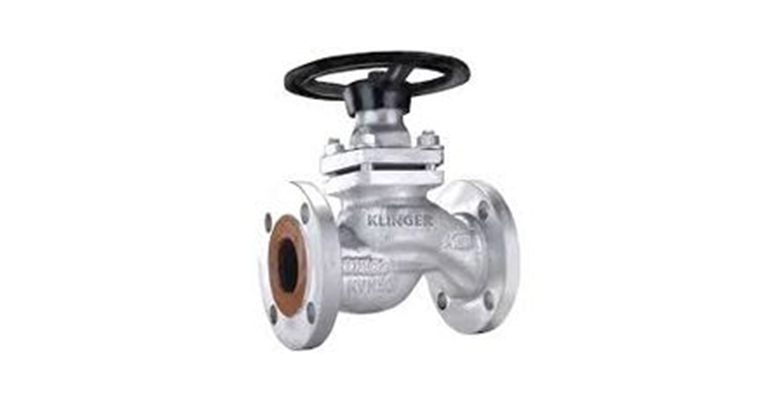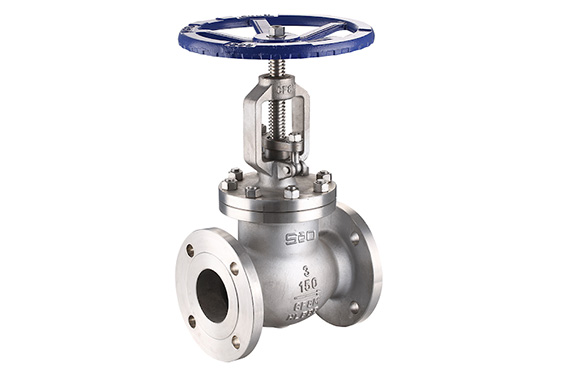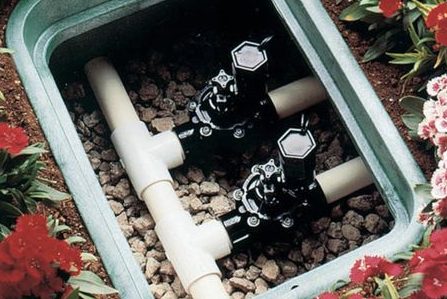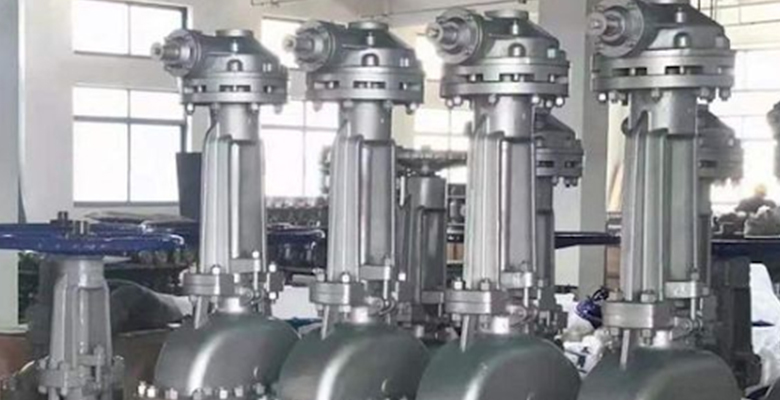There are many different types of underground valves with varying models, designs, and numerous industrial applications. All fulfill different functions. Considering how expensive they are, valves must be specified correctly for the function and be made of the proper material for the process liquid.
All underground valves, regardless of type, consist of the essential components body, bonnet, trim (internal elements), actuator, and packing. So, let us dig a bit deeper into this matter!
What Is An Underground Valve?
Underground valves provide effective management of distribution networks for gas, steam, or drinking water. This is achieved:
- by separating components as necessary
- by regulating the filling rate
- by letting the circuits drain
- by finding leaks in the system.
In general, underground valves are found in places:
- the network supply should be turned off initially.
- There is a need to segregate the various network components as soon as the network’s length reaches a critical point.
- in every branch.
- for a buried portion.
Why does valve play an important role in the underground?
The majority of underground valves are flow control mechanisms that are crucial to any plumbing system. The flow rates of gases such as liquid petroleum, oxygen, and natural gas are handled, regulated, and controlled by them in the oil and gas business.
Underground valves are also used by engineers to control the refining of crude oil, control fluid pressure, isolate and safeguard equipment, and prevent backflow. To accommodate all services and situations, underground valves are available in a variety of materials (plastic or metal) for use with various fluids (liquid, gas, corrosive, toxic, flammable, etc.), uses (control, on/off), and temperatures.
What Are The Different Types Of Underground Valves?
Various valves are used in the underground system depending on functionality and property.
1. Plug Valves
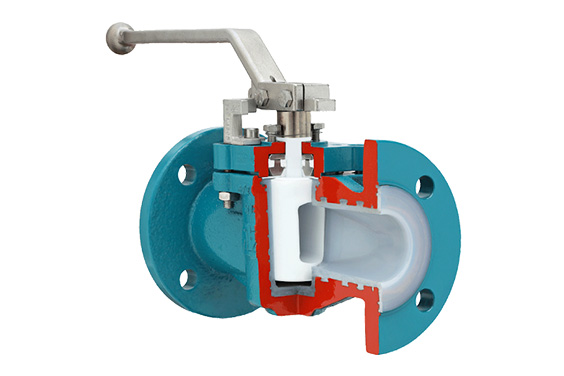
A plug valve is a manual valve with a quarter-turn rotating motion. It uses a plug-shaped disc, either cylindrical or tapered, to allow or restrict straight-through flow through the body. Plug valves provide a direct path through the ports, allowing fluid to travel through the opening plug with the least amount of turbulence.
Flow may occur either in the completely open or fully closed position. Plug valves have been employed in a wide range of fluid services.
Their efficacy in slurry applications is good. They serve as an on-off stop valve in bubble-tight services. They are employed in a variety of applications, including vacuum to high pressure, food processing, non-abrasive slurry, gaseous and vapor services, natural gas & oil piping systems, and vacuum. They function nicely as on-off valves, light throttles, and diverting services.
Pros:
- Plug valve has a basic design and fewer parts.
- It can open or close swiftly.
- Plug valve has a low flow resistance.
- Utilizing multi-port designs allows for a change in flow direction and assists in lowering the number of valves required.
- Plug valve offers a trustworthy, leak-proof service.
- Since they are simple to clean, the body need not be removed from the pipe system.
Cons:
- Because the plug must be rotated with a lot of friction, these valves take more force to work.
- For larger valves, actuators are needed.
- Despite having a similar design, these plug valves are more expensive.
- More of a pressure drop is caused by a smaller port.
Why they could be used in an underground system?
Plug valves are used in a wide range of industries and systems and play a large part in underground systems thanks to their smooth design, inline maintenance possibilities, leak-tight service, reduced flow resistance, and multi-port design options.
2. Gate Valves
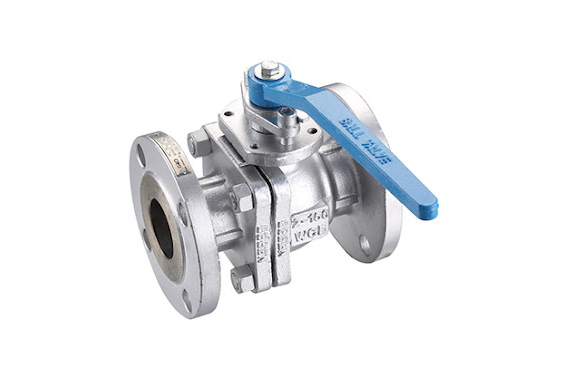
By inserting a rectangular gate or wedge into the fluid’s route, underground gate valve is utilized to stop the flow of fluid. Gate valves enable straightway flow with very little pressure loss since they take up very little space along the pipe axis and rarely hinder fluid flow when the gate is fully opened. Since gate valves are simpler to make than other types of large-size valves, they are typically utilized with bigger pipe diameters.
The underground gate valve typically consists of a gate-like disc that is moved up and down at right angles to the flow by a handwheel and screwed stem. The disc shuts off flow when it is in the closed position when it rests against two faces. A gland is given to keep the fluid in the pipeline and it is packed in some way to prevent leaks.
Pros:
- Good on/off or shutdown functions are provided by gate valves.
- During operation, there is relatively little pressure drop.
- Gate valves are two-way valves that can shut down flow in either direction.
- Underground gate valve require minimal maintenance and are appropriate for applications involving high pressure and temperature.
- Comparable in size and quality, underground pipe gate valve are typically slightly less expensive than ball valves.
- A gate valve operates slowly and cannot be opened or closed rapidly. This is advantageous since it lessens the possibility of pounding.
Cons:
- Underground gate valve is unable to control or throttle the flow.
- In the partially open state, underground gate valve is susceptible to vibration and noise.
- The likelihood of seat and disc wear is higher.
- Gate valves need a lot of room to be installed, operated, and maintained.
- Repairs like lapping and grinding are typically more challenging to complete.
- Depending on the use, several gate valve designs are prone to thermal or pressure locking.
Why they could be used in an underground system?
Gate valves are one of the most often used valves in refineries, petrochemical, and gas processing plants where pressure is kept relatively low but the temperature may be very high. Hence, it is evident they perform very well in underground systems. The Underground gate valve satisfies the majority of valve requirements in process pipework. The majority of fluids, including steam, water, oil, air, and gas, can be used with them.
The Underground gate valve can be fully opened or entirely closed depending on the use. They should not be utilized as flow control or regulating valves because they are installed in pipes as isolating valves. The gate travels upwards or downwards on the threaded portion of the valve stem as the stem is turned.
3. Ball Valves
A ball valve is a shut-off valve that regulates the flow of a liquid or gas using a rotating ball with a bore. If the ball is rotated 90 degrees around its axis, the medium can either pass through or be blocked. They are distinguished by a long service life and offer consistent sealing throughout the lifespan, even when the valve is not in use for an extended period of time. They are therefore more widely used as a shut-off valve than, say, a gate valve.
The underground ball valve can also be utilized as a control valve. This use is less common because flow rate control valves are less accurate than other types of control valves. The valve does, however, offer a few advantages in this instance. For instance, it still guarantees a trustworthy seal even when the media is contaminated.
Pros:
- Underground ball valves are regarded as high recovery valves because of the size of the aperture in the ball, which contributes to their low-pressure drop and high flow capacity. There is very minimal turbulence or obstruction to fluid flow when the valve is fully open.
- Ball valves are effective and convenient to use due to their straightforward quarter-turn (90-degree) function. The valve is simple to install and remove because it is lightweight and compact.
- Ball valves are easy to use and require less maintenance than other valve designs. The packing seal on the valve stem does not easily wear out or fail since the ball valve stem rotates without axial movement. Ball valves are simple to disassemble, fix, and replace if any parts become damaged.
- Ball valves are less expensive than more intricate valve types. Additionally, they are less costly to maintain and adapt over time due to their low maintenance requirements.
Cons:
- Underground ball valve are unfit for slurry applications because of the voids around the ball and seats. Slurries and other viscous liquids have a tendency to harden or clog up inside valve cavities, significantly increasing working torque and, in some situations, making the valve inoperable.
- Ball valves shouldn’t be used for long-term throttling and should only be used in fully open or fully closed positions. In addition to having poor flow rate accuracy, operating a valve in a partially open position for an extended period of time can cause the soft seats to flex around the edge of the hole in the ball, possibly leading to the valve becoming stuck in that position.
Why ball valve could be used in an underground system?
Ball valves are offered with butt welding ends on a fully welded body for underground installation. Buried ball valves are designed with an extended stem for this purpose, and drain, vent, and emergency sealant lines are installed at the top of the extension. The underground ball valve has an enlarged stem and a fully welded body for installation underground. The extended stem’s length is determined by the customer’s specifications to meet project requirements.
4. Butterfly Valves
A butterfly valve is a device that controls material flow across high pipe widths by quarter-turning a disc. A rod that feeds through the center of the disc is connected to an actuator that controls the motion of the disc. Either the disc is parallel or perpendicular to the medium flow. Because the disc of a butterfly valve is always in the flow, any position of the valve results in a change in pressure.
The movement of an underground butterfly valve resembles that of a wing used for flight, hence the name. The disc glides like a butterfly’s wing, while the rod represents the body of a butterfly. The movements of an underground butterfly valve is comparable to that of a butterfly that has landed and moved its wings 90 degrees up and down.
Pros:
- Compared to other valves, the compact design uses much less room.
- It is light in weight.
- Open and closing times are reduced with the quick operation.
- Very huge sizes are offered.
- Offers high-pressure recovery after a low-pressure dip.
Cons:
- Low differential pressure is the only range for the throttling service.
- Flow choking and cavitation are two potential issues.
- Unguided disc movement is a result of flow turbulence.
Why butterfly valve could be used in an underground system?
A butterfly valve controls flow by initiating, sluggishly advancing, or terminating media. The disc opens and shuts with a low-torque rotation of 90 degrees and is suitable for any underground application. The butterfly valve is frequently chosen over other types of valves because they are less expensive and heavier.
Extreme heat and rust are elements that could quickly undermine a valve’s seal for various underground operations. The butterfly valve can endure extremes in temperature. This indicates that the seal’s integrity is preserved.
Where Can The Underground Valve Be Used?
Underground Water Valve
An underground water valve is designed to operate with a differential pressure that is less than what would harm the lining with safety factors. Generally speaking, this should work with differential heads of 100 mm and up. In general, pressure relief valves used underground are made of materials that are resistant to abrasion and won’t be damaged by water.
Filters are built into pipes on all sides so that subsoil water can flow through them without altering the soil strata below the lining. Most pipes are made of cement concrete, and some have perforated ends. To make it easier for water to enter the pipe, joints are left exposed.
Underground Gas Valve
The Underground gas valve is a flow control component that is used to manage and regulate the flow of gases including liquid petroleum, oxygen, and sour and natural gas. They come in a range of metal and plastic materials that work with pressure and controlled media needs.
The majority of the fundamental valve types, including ball, butterfly, plug, and numerous check valve designs, are accessible as the underground gas valve. They are utilized in numerous on/off, modulating, and control applications in commercial, residential, and industrial settings.
Fire Hydrant Underground Valve
Underground valves that are directly linked to the water supply line are called underground fire hydrants. Fire hydrant indicator plates, which pinpoint each hydrant’s precise location, are used to designate their surfaces.
Underground hydrant valve with adjustable heights and unique tele-hydrants are all available on the market. The latter can be rapidly put into use by removing an inbuilt standpipe, even if it contains water. As a result, there is no need to clean the inside of the street cap, making it possible to reach the fire hydrant quickly.
Factors To Consider When Selecting Underground Valves
When regulating the flow of liquids and gases, underground valves are employed for a wide range of tasks. With so many choices, it’s crucial to consider all the variables to make sure the right valve is chosen for application.
- The type of valve material to be used will depend on the properties of the liquid or gas being regulated. Polytetrafluoroethylene (PTFE) and perfluoroalkoxy alkanes (PFA) are excellent options for monitoring corrosive or harsh compounds because they can tolerate these circumstances. For the best level of safety when monitoring pressured gases, it’s crucial to use metal valves.
- The most crucial step in choosing the ideal valve for your application is choosing the proper valve sizing. A valve’s ability to operate effectively can be affected by its size, as well as other factors in the system. Determine the temperature, pressure, and flow rate at which your valve will operate in addition. Metal valves often have a better tolerance for heat and pressure than plastic ones.
- Ball valves are a wonderful choice if routine maintenance is required because they are one of the easiest valve types to service and resist blockage. Additionally, three-piece ball valves are available for purchase; these comprise a body and two end caps. This prevents the line from being shut down during maintenance because the main body portion may be readily removed for cleaning without removing the end caps from the pipe.
- How the underground valves will be used must also be taken into account. Determine whether the valve will be manually turned on and off or whether it will require an actuator to turn on and off automatically. Choose whether an electric, pneumatic, or hydraulic actuator will be utilized with the unit if the latter is chosen.
Contact Professional Industrial Valve Manufacturer - Sio
SIO Valve is an ISO 9001-certified business that manufactures several types of valves, including ball valves, gate valves, globe valves, check valves, and strainers out of alloy, carbon steel, and stainless steel as well as duplex stainless steel. Its products are compliant with ANSI, ASME, and API, the most recent industry standards.
SIO places the needs of the clients and the quality of the products as their top priorities. They put a lot of effort into fusing their interests with those of their customers. Employees’ efforts are valued and respected, and the value generated by the entire team is shared with them. They adhere to the most recent standards set by the industry and prioritize managerial, technical, and technological innovation.
You can contact SIO for more information.

